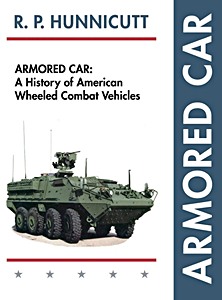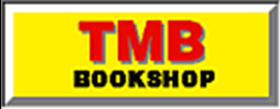Armored Car - A History of American Wheeled Combat Vehicles
The armored car has played a major role in American military operations since the relatively early days of the 20th Century. In 1989 Col. Royal P. Davidson arranged for the installation of a .30 caliber Colt machine gun on a Duryea light three-wheeled car. In doing so, he jump-started the development and production of armored fighting vehicles that have served in the American military ever since. Although the very first armored cars were merely outfitted with a gunshield, they were soon fully protected by armor plating.
In this installment of R. P. Hunnicutt's 10-volume series on the history of American armored vehicles he details their early development through WWI, WWII, Korea, and Vietnam. Beginning with the development of armored cars on American soil at the outbreak of WWI - although none were ever shipped overseas - Hunnicutt goes on to describe the production of armored cars based on commercial car and truck chassis in the 1920s. These vehicles eventually reached limited production as the armored car M4.
With detailed drawings and photographs to illustrate the history, Hunnicutt describes the development of the armored car T3, which was also designated as scout car T1. The development of these lightweight scout cars, which met the needs of the cavalry, made the armored car unnecessary by 1937. Although production of armored cars stopped for the American military, American development continued on armored cars intended for British use.
However, in 1942 as the Palmer Board decided to limit the weight of reconnaissance vehicles, the light armored car T22E2 was standardized as the M8 and put into production. The M8 and a variation, the M20, served in the U.S. Army until after the Korean War, with new models developed for use in Vietnam.
Spanning the history of American wheeled combat vehicles, Hunnicutt's "Armored Car" is a must have for anyone with a keen interest in the history of American military operations and equipment.
Product details
| Author: | Richard Pierce Hunnicutt |
|---|---|
| Details: | 344 pages, 28 x 21.5 x 2.7 cm / 11 x 8.5 x 1.06 in, hardback |
| Illustrations: | numerous b&w and colour photos |
| Publisher: | Echo Point Books & Media (USA, 2015) |
| ISBN: | 9781626542549 |

Armored Car - A History of American Wheeled Combat Vehicles
Language: English
Buy on Amazon.comBuy on Amazon UK
Buy on Amazon Canada
Fast shipping, easy returns





